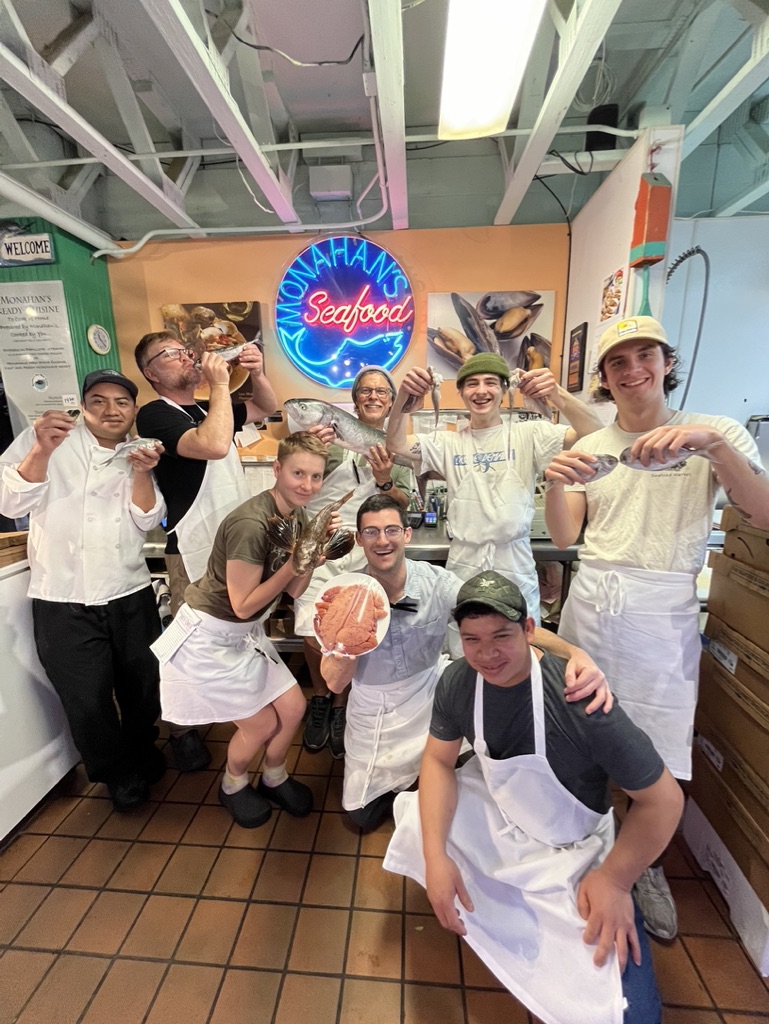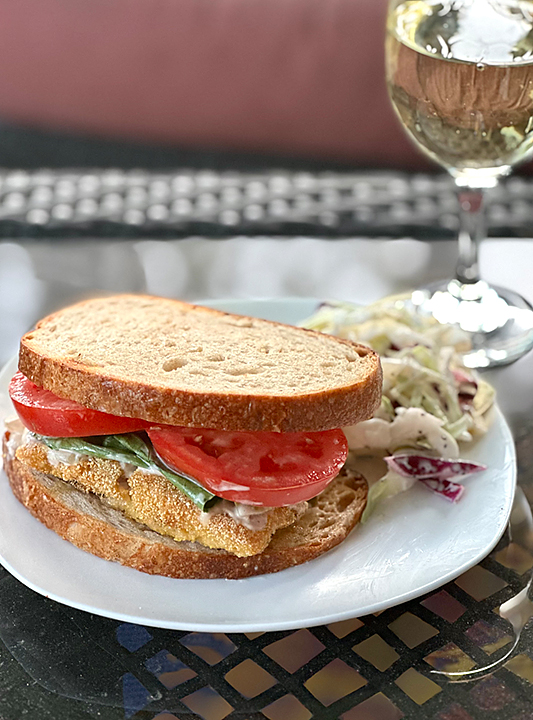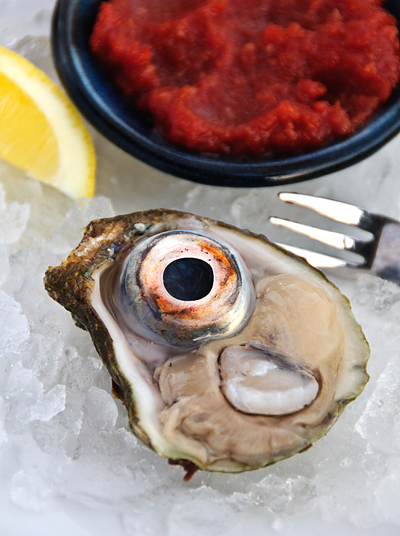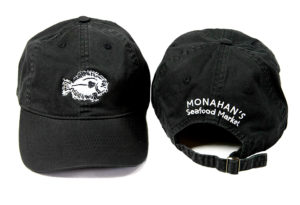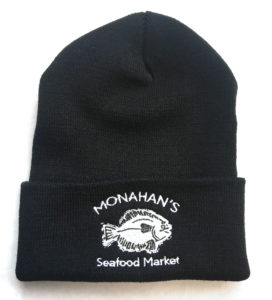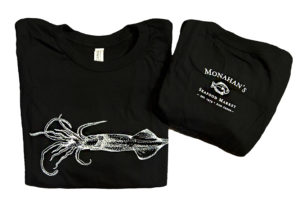3,000 Years Later – Bottarga Still Delights
How many out there have ever heard of bottarga? For a delicacy that’s been relished throughout the countries of the Mediterranean for thousands of years, it’s still not well known in the U.S. Bottarga is salted, pressed and dried mullet or tuna roe. It is said to have originated 3,000 years ago when Phoenicians would carefully extract the roe from grey mullet then salt and dry them on the banks of the Nile. The beautiful coral colored roe became a commodity that was used in trade and as gifts and spread throughout the Mediterranean and as far as Japan, where it is called Karasumi.
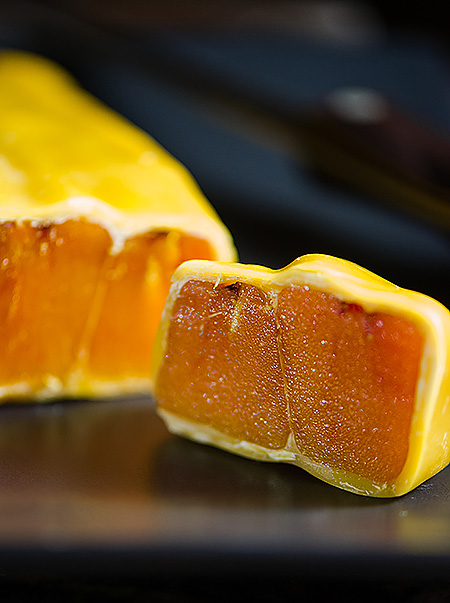
At its best bottarga has a flavor that’s deep and complex. It reminds me of a combination of some of my favorite things from the sea. It’s briny with a nutty sweetness, smooth and buttery in texture with a slight bitterness to it. A true taste of the sea with what my daughter, Sarah, described as a sea urchin type of flavor. Sarah learned to love sea urchin on a trip to Crete a few years ago and it just so happens that the bottarga that we’re offering at the market right now is from Greece.
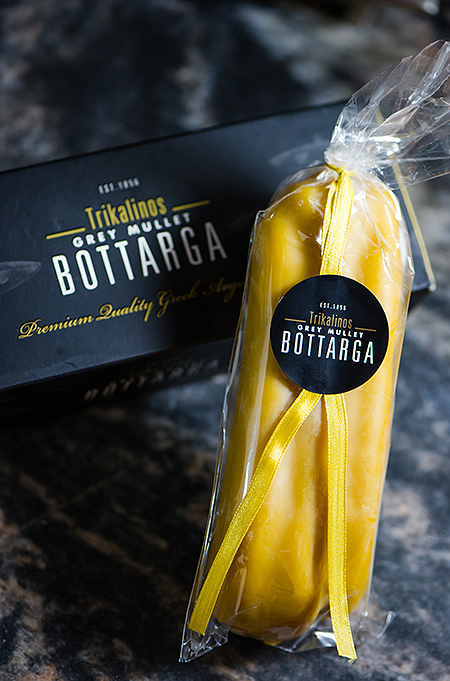
Avgotaraho, the Greek name for bottarga, is dipped in beeswax after curing to further preserve its freshness. Trikalinos is the brand that we’re offering and it’s truly amazing. It seems to be a bit softer and fresher than the Italian bottarga I’ve had in the past. Different producers in different countries have distinct flavors, textures and salt contents. The Italian bottarga to me had almost an anchovy type of flavor, which was great, and it was drier. I was planning on preparing the classic spaghetti con bottarga for this week’s report that often calls for the bottarga to be grated over the pasta. I found it to be much softer in texture and a little difficult to grate so I shaved thin slices over the spaghetti and it was marvelous.
Bottarga is also served, depending on the country, over bitter greens or in a salad of cherry tomatoes, and fresh basil with beans or eggs or, like fine caviar, over buttered toast points. Some Arabic countries serve it on flat bread with thin sliced garlic and olive oil. While serving up this simple and beautiful dish last night I noticed the pan had a bit of delicious looking scraps of garlic, pepper flakes and parsley. Tearing off a little crust of baguette I scraped up some good stuff from the pan, laid a slice of bottarga on top, a splash of olive oil and…pure delight!
Simple on its own, it’s just amazing to think that this is something that’s been produced with the same painstaking process for at least 3,000 years. Taste the history tonight!

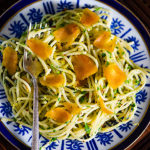 Previous Post
Previous Post
